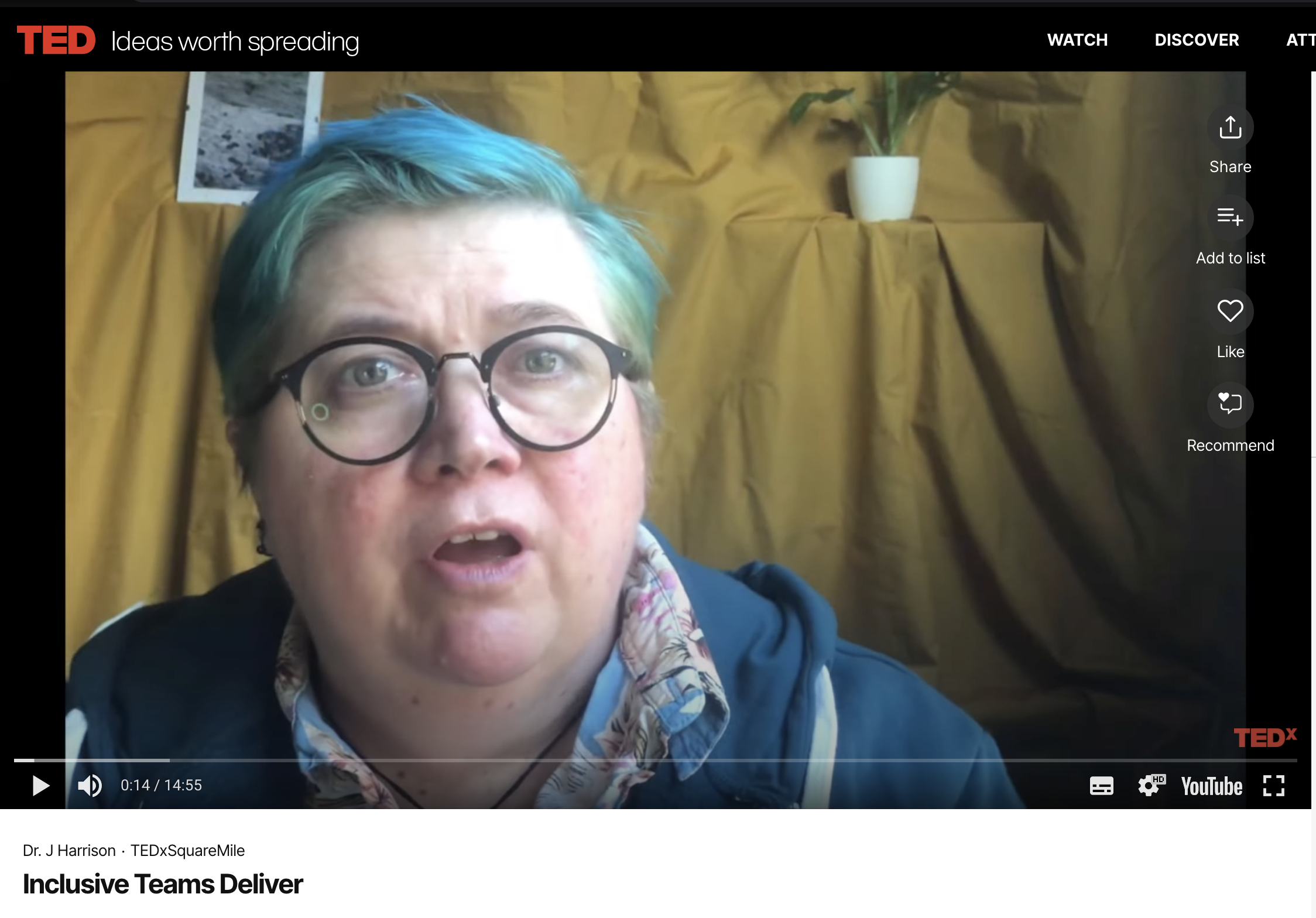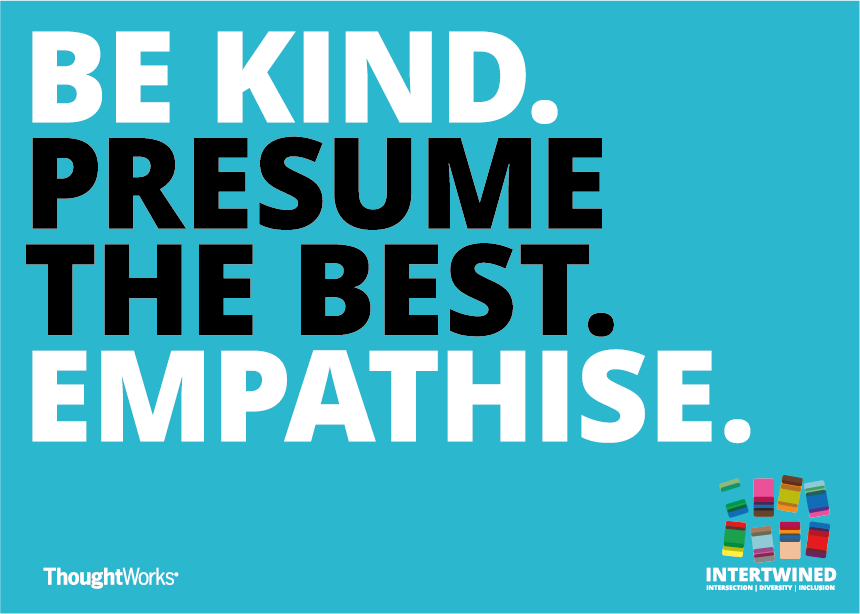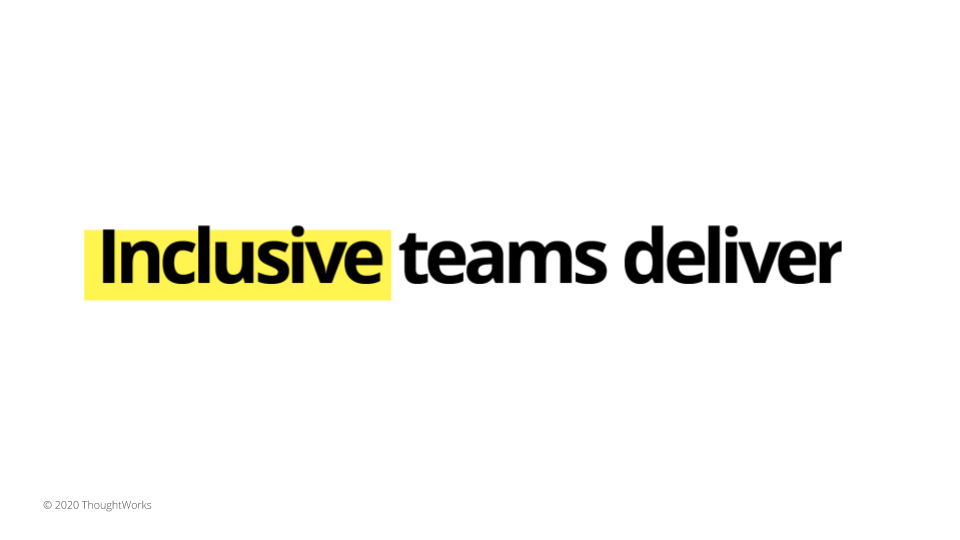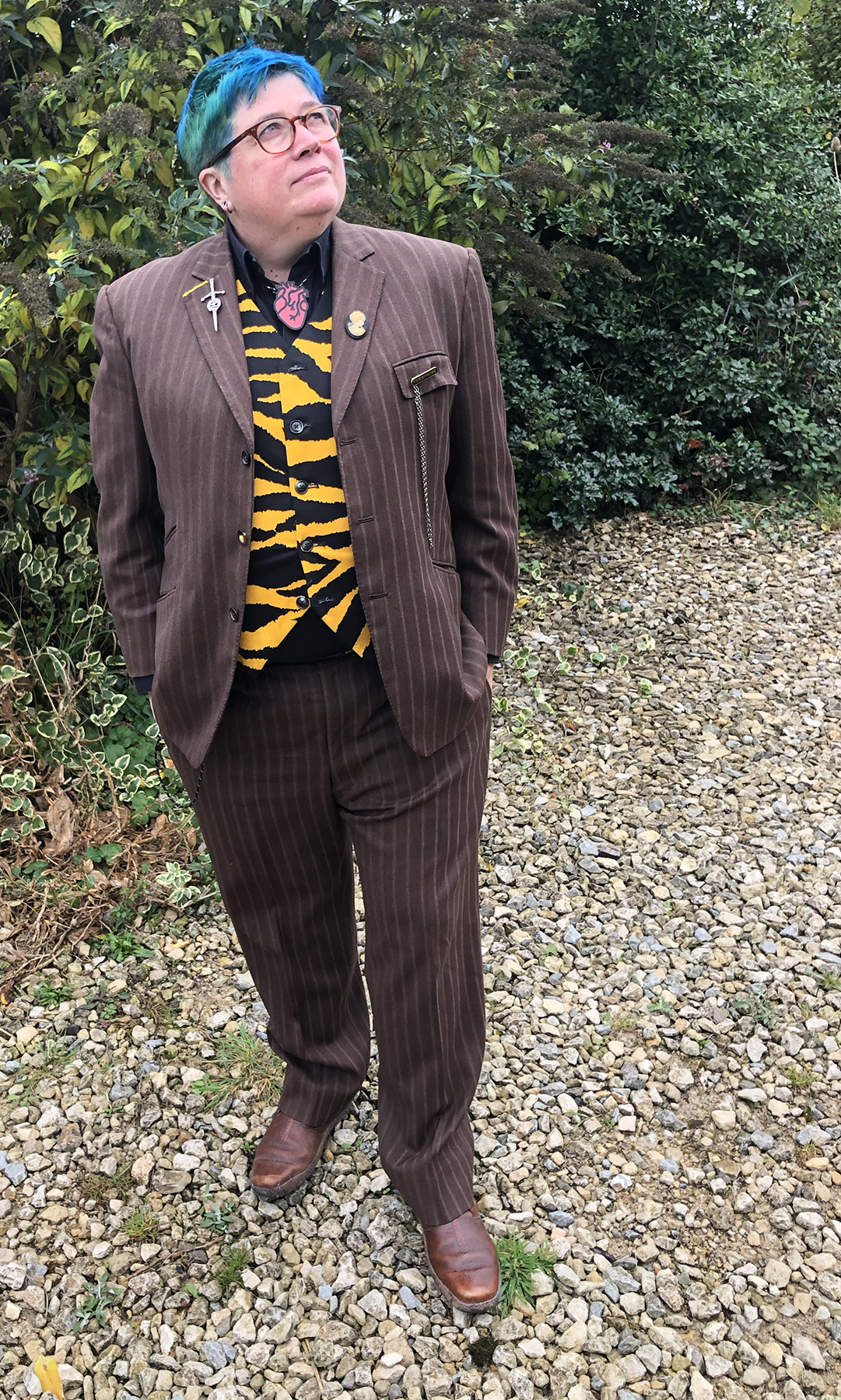
Inclusive Teams Deliver - now a TEDx talk
Inclusive Teams Deliver is a TEDx talk
Talking about how to spot and inclusive team - and the mindset changes so you can create one

Prime Directive
Prime Directive - not just for Star Trek
We all have been in retrospectives – that familiar end of the iteration/sprint workshop. In the best versions, we’ve almost ritualised reading out the Prime Directive. Some of us even have it memorised – like some sort of religious text.

The fine art of not fitting in; Being Genderqueer in a corporate world.
It is a truth, universally acknowledged, that diverse teams produce better outcomes.
But how do we make a diverse team inclusive? How do we make space for differences in thinking, and understanding on our teams.

Becoming a General, or how to stop kicking Allies in the shins!
The Knight of Swords sweeps across the horizon, riding sword drawn into the howling gale, visor askew, with no shield in sight.
How do we make such an energetic solitary figure into the general of an army?

Inclusive Teams Deliver
Inclusive Teams Deliver
Or what I’ve learnt from 20 years of working with teams
It’s been almost 20 years since the Agile Manifesto was created. How has it changed the way we work? Is the way forward about what we do, how our teams look or how we think?
Gender: Why Are You Asking About It?
We’ve all filled out those fields on forms - First name, Last name, Address, Gender - without thinking about the information.
Imagine what it is like not to be able to put the right information down. It’s like you’re a Cat, and the options are Dog and Penguin - there is not only no option to identify as yourself, the two options you’re given don’t reflect you at all.
GenderFluid: The Problem
At ThoughtWorks we wanted to look deeper into the User Experience challenge of getting healthcare when a person is non-binary. We set up an open event and invited widely across our networks. 25 people attended, and there was a wide age range, and experience of Non-Binary representation, although we had limited Black, Asian and Minority Ethnic (BAME) representation in the room.
Imagine a world with us included
The idea of waiting for your owl to arrive to say “yes you belong somewhere” is powerful. And it was something that gave many of my younger friends so much support when they were struggling with that “I am different” sensation. But with all the noise around the author’s statements, can we still read Harry Potter?
GenderFluid: The Solution
At ThoughtWorks we wanted to look deeper into the User Experience challenge of getting healthcare when a person is non-binary. Once we defined the problem space, we then looked at what could we do to make a change. Oh and like you didn’t see the pun coming!
Are you Green?
This comes from another part of my life (which I’m happy to talk about. I’ve never been shy discussing anything - feel free to ask) - there is a really good model for checking in that what we’re talking about and doing right now is OK for everyone involved.
I’ve thought about how we can adapt this to our interactions - so I present Red/Amber/Green - a way to navigate our emotions right now.
Supporting your Trans (and Non-Binary) people online
This is my guide for supporting Trans people when the anti-trans pile on happens online (it’s all through Facebook, Twitter, TikTok, Instagram etc).
It is ten ways you (yes you!) can be a supporter and an ally online - there are many more of you than there are trans people, and there are many more of us all than the noisy anti-trans statement spouting trolls.
“I am here” is one of the most profound statements around Pride
Content warning - this is personal and will talk about suicidal ideations and suicide
Labels Matter: How we talk about Gender matters.
Males and Females are for flowers, Men and Women are for people, and that makes space for the rest of us.
Ask a name - add a pronoun
As a non-binary person, there is a long-running assumption that pronouns are all that we care about. For me, this assumption holds true, as pronouns are an important part of my identity.
Keeping the peace between IT and Development teams
A list of Do’s and Don’ts of creating a good relationship between your Developers and IT
Originally written in 2011 and most of it still valid.
